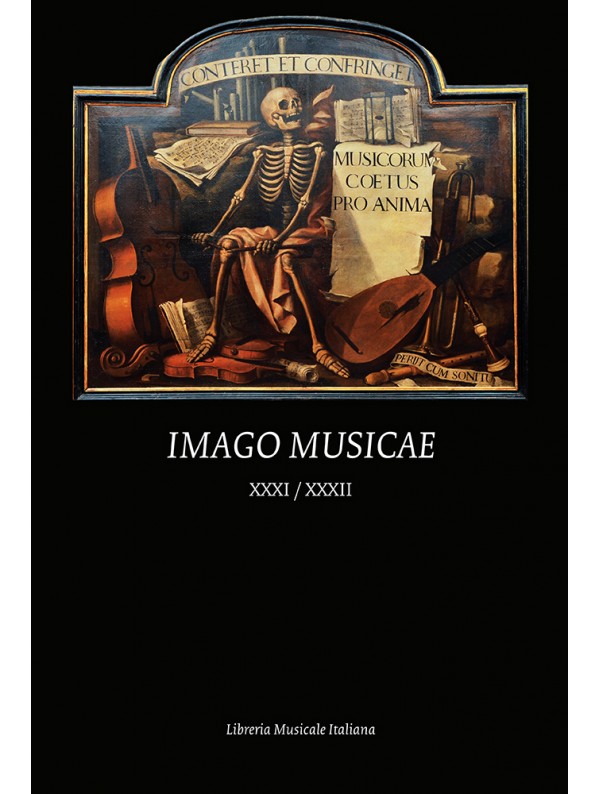Du vin et de la musique : les tavernes de Lisbonne et O Fado de Malhoa
Abstract
The centerpiece of the present essay is O Fado (1910) by José Malhoa (1855–1933), one of the most famous twentieth-century Portuguese paintings. We will examine the interrelationship the artist endevoured to underscore between the homonymous musico-poetical genre and one of its predominant performative environments, the traditional taverns of Lisbon. The wide array of pictorial elements suggestive of the intersection of wine and music, and the ambivalent distinction between addiction and seduction vividly evokes the scene of Lisbon’s bohemian environment. As a symbolic portrait of the city’s ‘life of vice,’ O Fado asserts itself not only as the visual embodiment of a musical genre, but also as a form of socio-political intervention. Its multivalent richness regarding fado iconography and the complex dynamics that distinguish its reception history arguably invested Malhoa’s masterpiece with a range of meanings that contributed to it becoming a veritable marker of Portuguese cultural identity.





